The summer season occurs every year, and it is a high time for celebration and adventure for many people who enjoy the outdoors.
Even though the sun’s heat may be scorching during the season, people continue to find ways to enjoy it despite the heat.
Summer is also a perfect time for setting up pool parties. Suppose you have a swimming pool in your home, good for you. Swimming helps fight off the soaring hot temperature.
How about learning the importance of BASIC pool care? Let’s find out!
Why Do Pool Components Matter?
To figure out HOW to take care of your swimming pool, you also have to KNOW what a swimming pool is.
If you know what makes a pool work, the value of keeping it neat, and how to maintain it cleanly, you’ll be well prepared for any problems.
- Pool water
- Pool walls or liners
- Pool filter system
- The pool’s system of skimmers and returns
Pool Water
Of course, having water in your pool is essential because you can’t just dive in and swim in an empty swimming pool.
Keeping the pool’s surfaces regularly clean, the water balance in good condition, and clear of pollutants, you can still enjoy the pool with some family and friends.
You can also AVOID expensive repairs due to corrosion and mineral buildup if you practice pool maintenance well.
Pool Liners
The walls from the pool liner are constantly in contact with the pool water and everything that enters it.
Always make them clear of algae, mold, and debris, so your pool is clean and safe.
Pool Filter System
It might be strange, but you might consider the filter system as a liver. They have a similar function: segregate dirt and impurities.
Think of it this way: like your heart circulates blood, the pool pump works the same WAY, so does the filter that acts as the pool’s liver that keeps the pool clean.
Recommended reading:
Skimmers and Returns
Just so you’re not confused, the skimmers do NOT act as a piece of cleaning equipment with a pole. The skimmers draw the water into the filter to be cleaned.
Meanwhile, the returns shove the water back into the pool, just like the name implies. These parts work best when there is no piled-up debris.
These two can also be thought of as the veins and arteries of the human body, just like how your pool filter acts as the liver.
How Significant Are the Parts of the Pool?
To take care of your pool better, you might as well brush up on what makes a pool the way it is. All its parts, components, and the essential roles they play.
It can get difficult if you do not know the details that make up your swimming pool.
Some of these parts have been divided and may be located on either the suction side or the pressure side.
Knowing how each part functions might HELP you make sense of why they are located that way.
These are the parts of the pool:
- Skimmers
- Main Drain
- Suction Lines
- Pump
- Pressure relief valve
The Pump and Filter System
Each part of the pool is divided among the pump and filters located differently. They work together to keep the pool clean and usable during the swimming season.
Pool Skimmer Basket
They are components built on the side of the pool. Their job is to catch large objects like leaves, twigs, bugs, or anything too big for the pool’s filtration system.
Once the debris floating along the water enters the pool skimmer, it starts through the filtration system.
Main Drain
The main drain’s function, found in the deep end of the pool’s floor, doesn’t live up to its name. It HARDLY EMPTIES the pool even if it can be used.
The skimmers draw the water from the top, then from the bottom along the main drain enabling GOOD POOL CIRCULATION.
Suction Lines
The pool water is sent from the skimmer to the pump by these pipes made of PVC.
Pump
Having this in your pool would help, especially if a timer is set for 8-12 hours.
This is to keep the pool clear and is integral to pool maintenance.
Pressure Relief Valve
Also called a Hydro-valve, it makes sure that the pool won’t rise nor move because of pressure caused by groundwater.
Types of Swimming Pools
To know proper pool maintenance, you must be able to distinguish between the different types of pools.
Saltwater Pools
Salt water pools have a MILD amount of chlorine, which is okay for any swimmer’s hair, eyes, and skin.
It’s also NOT HARSH against pool toys and swimwear. If you love to look trendy while swimming without worrying about the materials deteriorating, this type of pool is the best.
Plaster Pools
This type of pool works best against pools filled with chemicals and natural elements like UV rays.
They usually last for about 15-20 years, making them an EXTREMELY DURABLE pool.
The Importance of a Clean Pool
You might want to think carefully about why swimming pools need proper maintenance.
No one wants to swim in green water, nor a pool with so much visible dirt and grime. People can swim healthily in a swimming pool brimming with cleanliness.
Quick Overview on how to properly clean your pool!
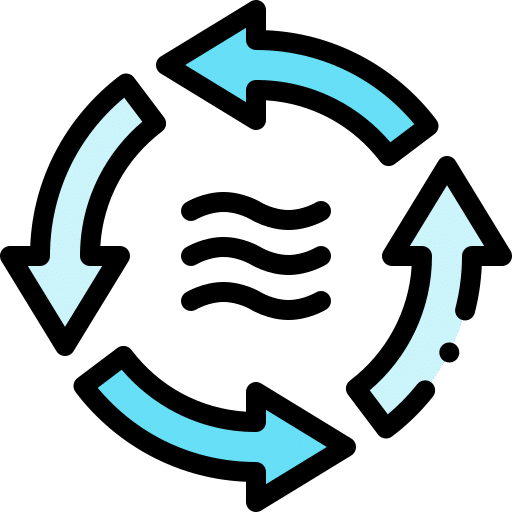
Circulation
Run pool pump 8-12 hours per day
Backwash or clean filter if pressure is above 10-15 psi
Clean the skimmer & pump basket
Keep jets facing circular and downward
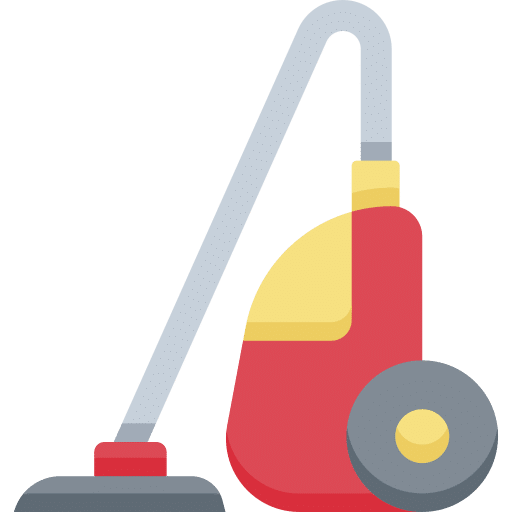
Cleaning
Regularly brush the walls, steps, ladders, low circulation spots
Constantly skim the surface for top-notch cleanliness
Use an automatic cleaner or use a vacuum cleaner weekly
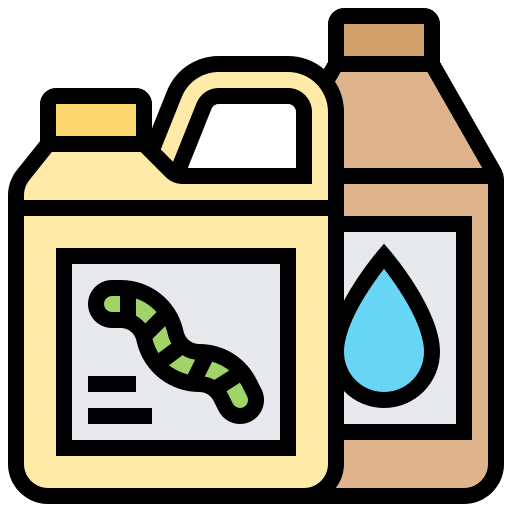
Chemistry
Test water 1-2 times per week
Balance pH and alkalinity
Maintain sanitizer levels
Vacuuming and Brushing Your Pool
To prevent your pool from being dirty water for swimming, brush and vacuum ONCE a week.
If you do, the particles will be driven out of the water, leaving the walls of your pool spotless. You can use baking soda since it doesn’t damage the tile and liners while brushing.
Start setting up the vacuum by attaching the head, hose, skim vac and plate to the telescopic pole.
The water must be FILLED in the pool first before putting in the head and hose of the vacuum. Once you’re done, you must place the open end OVER the returns to puff out the air.
While the hose is submerged in the water, have someone else turn the filter off.
Maintaining the pool regularly, and cleaning the pool surfaces to the TEA, will make for a WONDERFUL yet hygienic pool experience!
Water Circulation System
As a pool owner, the water must be moving in your pool. If it is well-circulated, there won’t be cloudy pool water and algae infestation cases.
The pool’s pump and filters must work DAILY for optimal pool circulation. The pool interior, especially the water, would be clean, safe, and clear.
Five Steps to Achieving Ideal Pool Circulation
Most pool owners want their surfaces to be clear from impurities and regularly circulating pools.
But how will you achieve it? Here are some TIPS to know how you can keep your pool water circulating:
1 – Keep the Pool Pumping
The IDEAL duration should be 24 hours a day, 7 days a week. But since not everyone has that kind of budget to keep the pool running, there’s a better alternative that’s energy-efficient.
2 – Make Sure the Filters Are Running
You keep your pool filter running for AT LEAST 10 to 12 hours daily. It helps prevent algae growth and the occurrence of cloudy water.
3 – Don’t Forget to Use the Pool Vacuum Regularly
Keeping any obstruction out of your pool may be the filters’ job, but the pool’s vacuum head takes them away so that the pool interior remains squeaky clean.
It’s up to you to vacuum the pool DAILY, but if it’s too much work, there are automated cleaners you can add to it.
4 – Backwash the Filter System
Backwashing is the process of REDIRECTING the stream of water through your filter.
They also transport the unclean water and pollutants to the waste port, where they’re removed from your pool.
5 – Keep Things Simple
Pool care may require DILIGENCE and certain pool equipment to keep them clean; it matters more when your pool isn’t in cloudy water or mixed with too many pool chemicals.
You don’t have to add a pool cover if you have an average-sized pool, especially when it’s an INDOOR type.
How to Maintain Pool Water Chemistry?
Understanding if your pool water has H4s or hydrogen sulfur and other chemicals are the keys to helping you learn how to keep the water properly balanced.
You don’t have to be a science expert to know the chemistry behind pool water. However, it might be an ESSENTIAL ELEMENT as to why your pool water must be kept a certain way.
Water Balance
Get yourself a TEST KIT from the pool store so that you’ll be able to understand what’s in your pool water and how to make it chemically balanced.
Improper water balance can mean WORSE for you and anyone using your pool. Chemicals can get out of hand without proper pool chemistry.
pH Levels
This serves as a way of measuring the basicity and acidity of the water. IDEAL pH levels of your pool water should be around 7.4 to 7.6.
Alkalinity
It acts as a pH buffer that STOPS the rapid rising of the water’s basicity and acidity. Baking soda is a GOOD pH buffer that increases the pool water’s alkalinity.
Your water’s alkalinity should be 100 parts per million (ppm) to 150 ppm, with 125 ppm.
Chlorine Levels
Chlorine is a WIDELY USED sanitizer that is highly efficient and budget-friendly. It’s also potent in preventing problematic algae growth.
NEVER FORGET to moderate the chlorine levels in your pool consistently. Optimal levels should be up to 1 ppm to 3 ppm.
Calcium Hardness
Calcium hardness determines the hardness or softness of water. Where you live and the water source you use matter overall.
if your pool water’s calcium levels are too low, it might be prone to SCALING AND CORROSION. To solve this problem, you must increase calcium hardness.
However, your water might turn cloudy if the calcium hardness is too much.
Pool Shock – Don’t Forget It!
Your pool sanitizer will occasionally require assistance, particularly after a thunderstorm or if the pool has been used by many people.
Regular pool shock will ensure that your pool stays clean even when the sanitizer is depleted.
This also applies as a solution to HIGH-LEVEL calcium hardness.
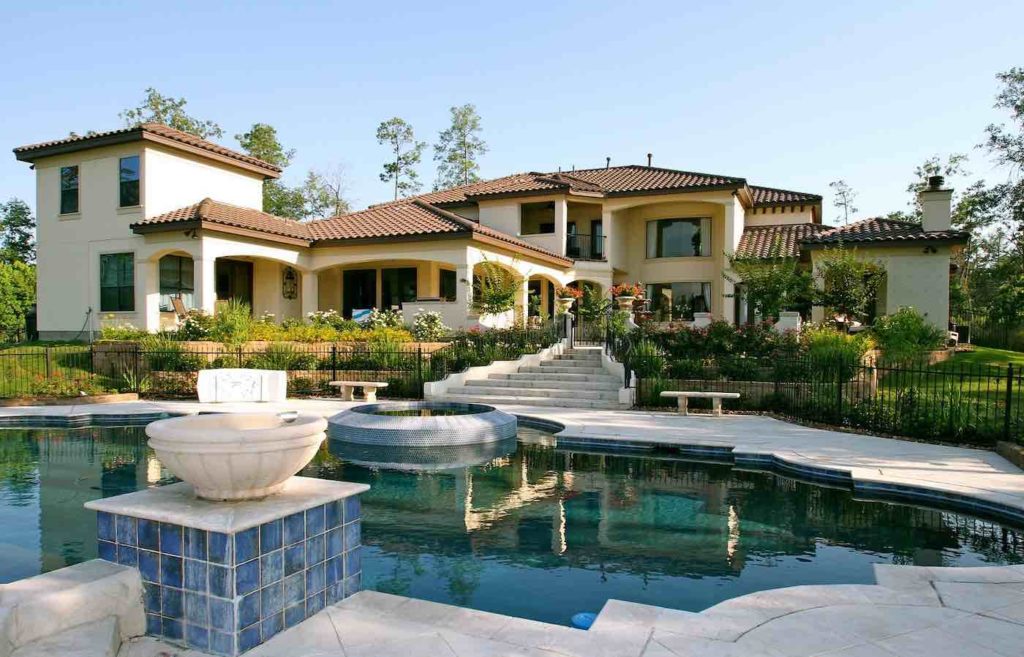
Our Best Tips for Chemically Cleaning Your Filter System and Water
You might think that just because a swimming pool has chlorine, everything else is already GOOD, and it doesn’t have to be cleaned after use.
No, that’s NOT the case at all. Dirt and debris remain in the water even if you’ve washed off yourself before plunging into the pool. If you don’t like using chemicals, please read our guide on how to keep your pool clean without using chemicals.
1 – Add the Right Amount of Chlorine Into the Water
Chlorine added to water may come in two forms: granules or tablets. Either way, they help keep the water clean and free of impurities.
Always add the ideal chlorine levels, which are 3 ppm. Other than that, your pool might not be really clean if you add any LESS.
Granules
This method, where filters and pumps are filled right into the water, dissolve and are dispersed by the filtration system, isn’t particularly effective.
Doing it this way TAKES TIME, and the chlorine won’t be evenly dispersed, leaving traces of dirty water and some high amount of chlorine in your pool.
Tablets
Chlorine tablets are sold in sizes ranging from 1 to 3 inches and are usually added to a floating chlorine dispenser.
They’re directly inserted into the pool’s skimmer basket or an automatic chlorinator. Although the latter might be better if you want to save time and effort.
2 – Bromine: A Good Alternative to Chlorine
While chlorine may be a good sanitizer for your pool, bromine is also a good option for keeping your pool clean of chemicals.
It works by ionizing CONTAMINANTS in bromine pools, which sever the bond of molecules, breaking them down and eventually destroying them.
3 – Mixing Biguanide
Biguanide used to be a medical substance, widely known as Preservative-free polyhexamethylene biguanideor PHMB.
This substance doesn’t have ANY chlorine and was primarily used as a disinfectant in surgeries, similar to hydrogen peroxide.
4 – Minerals as an Additive
If you notice in the labels of the supplements you’re taking, you find that there is iron, zinc and the like. They are MINERALS that are essential to our bodies.
Mineral system pools use metals like SILVER and COPPER to sanitize the water in the pool.
Silver is a BACTERICIDE that eliminates bacteria, while copper is an ALGAECIDE that stops algae growth.
As effective as they are, mineral systems might not be the absolute way to sanitize the water in your pool.
They usually serve as an ENHANCEMENT to the chlorine and other pool sanitizing chemicals, which reduces the likelihood of having to use OTHER chemicals.
Create a Maintenance Schedule
There won’t be any difficulties maintaining the pool’s cleanliness if there is a proper schedule for pool maintenance.
Make it a habit to clean your pool, especially if you’re in an area surrounded by trees, animals and if there are lots of people using it.
Be sure to ALWAYS set a schedule where you can do pool maintenance at least ONCE a week.
If you can’t personally attend to the pool cleaning, you may install an AUTOMATIC POOL CLEANER that runs according to the set timer.
FAQ on Pool Cleaning for Beginners
If you have further questions regarding pool maintenance and other topics, just refer to the FAQs listed below.
Pool care for beginners doesn’t require much, as long as you have a pool brush, vacuum head and vacuum plate for the SUCTION of dirt.
Get yourself a cartridge filter, a sand filter for the pollutants, and a test kit to evaluate the number of chemicals added to the pool water.
You can also have a pool cover installed so it wouldn’t be too DIFFICULT to clean all the accumulated dirt after leaving the pool.
Ensure you have some POOL BRUSHES lying around to scrub the pool walls and other linings EASIER.
This tool is ESSENTIAL if you have an above-ground pool. Molds and moss typically grow around above-ground pools because of the outer walls that rise higher than the ground.
And as long as the pool shock is FUNCTIONAL, your pool will turn out fine even after the chemical sanitizers are maxed out.
You can start by mixing in some chlorine and some minerals to ENHANCE its effects.
As long as you FOLLOW the standard amount needed, you won’t have any problems with mixing chemicals to sanitize your pool.
These are the chemicals you should add to your pool:
– Chlorine
– Bromine
– Cyanuric acid
– Calcium chloride
– Algaecide
Other additives like clarifier, flocculant and pool shock.
It would be helpful to have a sand filter because the ground contains VARIOUS types of particles that contaminate the water.
Conclusion
Pool maintenance requires intense effort and basic skills to keep it CLEAN and SAFE for anyone who plunges into it. Knowing basic pool maintenance heavily requires knowledge of the basic components of your pool.
While you don’t have to be a next-level expert on chemicals, it’s still vital as a pool owner to know a bit about water chemistry to take care of your pool better.
Equip yourself with a pool vacuum and other essential tools for pool maintenance.
You may also have a pool cover installed to have less dirt.
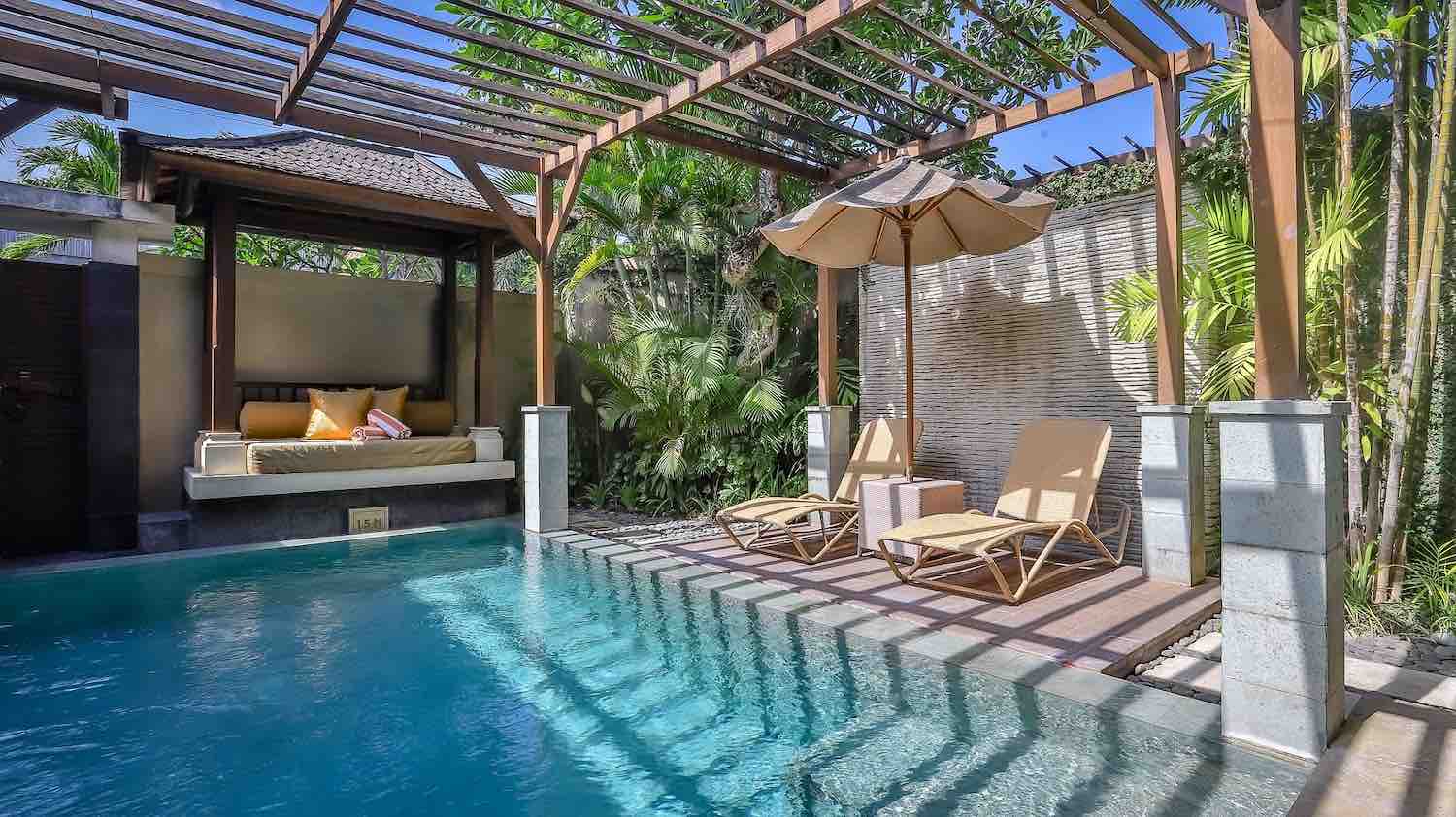
6 comments